The archaeological exhibition ‘Seven centuries of FALCON‘ in the Felixatelier in Antwerp provides an overview of the successive excavations in the building block behind the Falconpoort or Falcon Gate on Falconplein, where archaeologists discovered traces and finds from the past seven centuries. A selection of seventy finds offers visitors the opportunity to become acquainted with this rich heritage during the opening hours of this exhibition, or during the Archeology Days that will take place this year from 24 to 26 May 2024. The exhibitions remains visitable afterwards.
In recent years, through successive excavations, archaeologists have learned more about the complex history of the building block behind the Falcon Gate.
Urban renewal and the past go hand in hand: some remains are still visible, including the gate itself, the monastery wall of the western corridor, a date stone of the military barracks, and the bas-relief of the International Seamen’s House. They are witnesses to the many guises that the building block took.
In the subsurface of the building block, the archaeologists found moats, pile pits, walls, cellars, artifacts and human burials. From this, a story spanning seven centuries was reconstructed, with attention to the location of the late medieval Falconhof of Falcon Court, the view and layout of the castle monastery, the religious life of the falcontines, and the remains of the military barracks. For the first time, the exhibition brings together the results and the most remarkable finds from the seven excavation campaigns.
Historical context: from Valkenbroek to Falconhoven
From 2007 onwards, small and large-scale excavations took place in the building block behind the Falconpoort, between the Falconrui, the Oudeleeuwenrui and the Generaal Belliardstraat. The municipal archeology department and several archaeological companies found remains of seven centuries of habitation in the ‘Valkenbroek’, an originally lower site just outside the medieval city.
The Florentine mint master Falco de Lampaggio di Pistoia entered the service of the John III, Duke of Brabant just before the middle of the 14th century and built a residence there that radiated status and wealth, the so-called ‘Falcon Court‘.
The excavations showed that the Falconhof was moated, with a bridge and tower and residential buildings made of sustainable building materials. According to historical sources, Falco founded a guest house in honor of Saint Ursula and the Eleven Thousand Virgins, which would lead to the establishment of a castle monastery in the early 15th century, Mariëndaal, also known as the Falcontin Monastery.
The monastery had strong ties with wealthy Antwerp families and acquired large parts of the building block in the following centuries, as well as estates outside the city.
Until the end of the 18th century, the monastery expanded with a church, dining and sleeping rooms, a hallway, monastery gardens with orchards and a brewery.
The monastery complex was self-sufficient, but also fell prey to external disasters: fires, floods, iconoclasm, etc. After its abolition at the end of the 18th century, the complex was transformed into a military barracks, which in turn made way for the construction of the International Seamen’s House in the mid-20th century.
This building also did not survive urban renewal, although the large-scale new construction projects ‘Falconhoven‘ and ‘De Schilden‘ still refer to the rich history and to the founder.
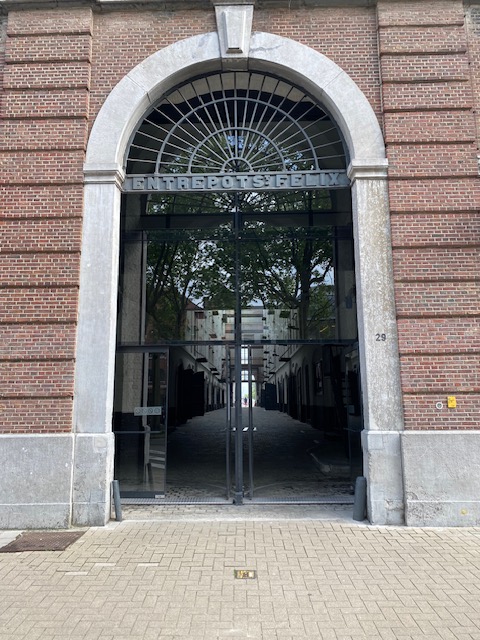
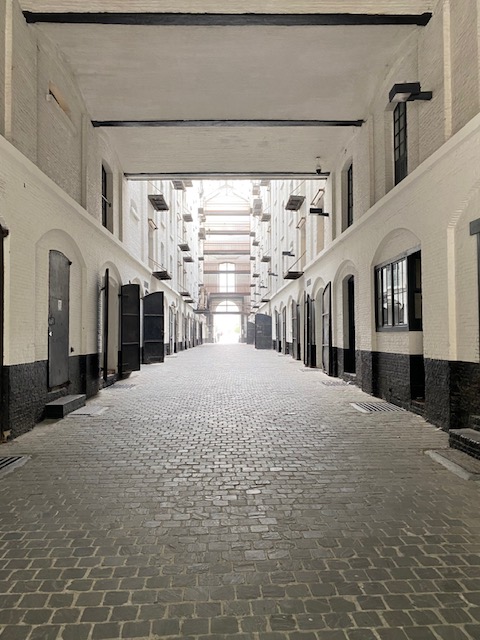
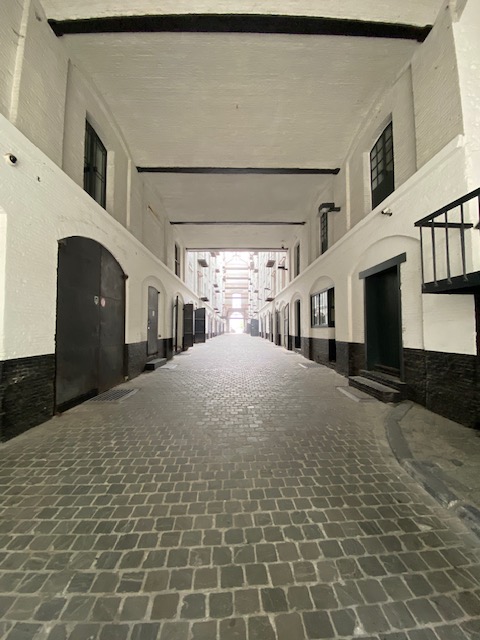
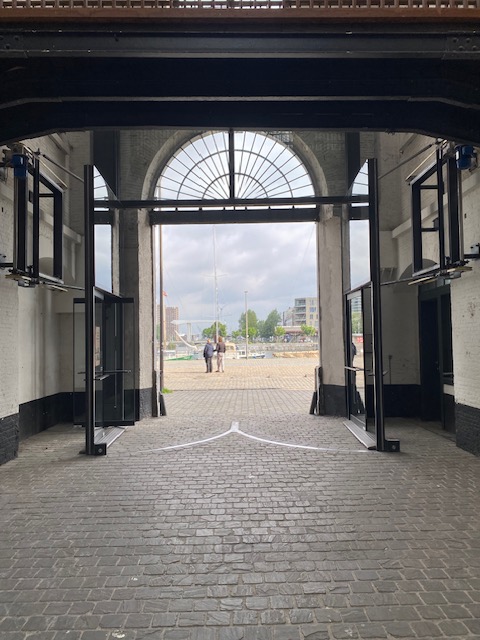
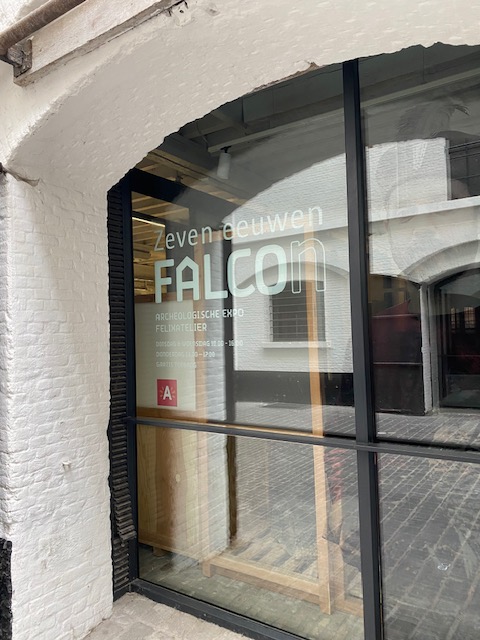
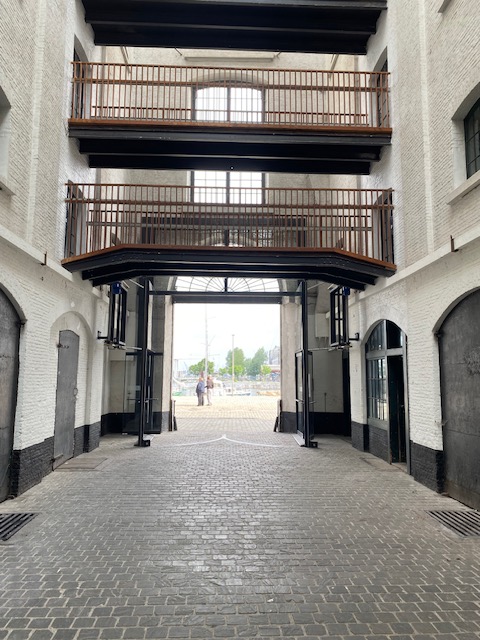
Archeology Days 2024
During the annual Archeology Days, the Felixatelier, base for the city archaeologists, opens its doors on Friday 24, Saturday 25 and Sunday 26 May for a visit to the free exhibition ‘Seven centuries of FALCON’.
Visitors can also become acquainted with urban archeology and see how archaeologists deal with finds from excavations in the city center. There are also guided tours and entertainment on the Falcon site itself.
After the Archaelogy Days, the exhibition ‘Seven centuries of FALCON’ can be visited on Tuesdays, Wednesdays and Thursdays.
Practical
More information about the exhibition and the program of the archeology days can be found at https://www.antwerpenmorgen.be/nl/projecten/felixatelier/doe-mee.
The Felixatelier is part of Sint-Felixpakhuis, Oudeleeuwenrui 29, Antwerp.
Art and museums in Antwerp
- RED STAR LINE MUSEUM | ‘A wanted refugee: Einstein and Red Star Line’ exhibition until Sunday 8 September 2024.
- ANTWERP | Innovations in the Middelheim Museum provide a completely new visitor experience.
- ANTWERP | New Rubens House building and garden to open on 30 August 2024.
- FOMU 2024 | Antwerp photography museum ft. Dirk Braeckman, ‘RE/SISTERS’ and Nick Geboers.
- A visit of the Flemish Tram and Bus Museum – Vlaams Tram- en Autobusmuseum (VlaTAM) in Antwerp.
- MUSEUM AAN DE STROOM | ‘City at war, Antwerp 1940-1945’.
- ANTWERP | M HKA modern art museum presents first half of 2024 activities.
- ANTWERP | Discovering queer(ed) art with the Queer Tour at the KMSKA fine arts museum.
- REVIEW | Illusion Antwerpen, an active and photogenic museum.
- Antwerp museums and sports facilities team up with European Disability Card for accessible leisure activities.
- ‘Jef Verheyen, Window On Infinity’ exhibition at KMSKA, the Royal Museum of Fine Arts Antwerp, until 18 August 2024.
- Inside the KMSKA or Royal Museum of Fine Arts Antwerp.
- Museum Mayer van den Bergh.
- 2024 at Royal Museum of Fine Arts of Antwerp (KMSKA): Rubens, James Ensor, Jules Schmalzigaug and many more.
- 2024 at the museums of Antwerp ft. Ensor Year.
- ANTWERP | Inside Rubens House.
- Museum Plantin-Moretus in Antwerp.
- ANTWERP | Museum Vleeshuis up for restoration.
- BOOK | ‘Antwerp. An Archaeological View on the Origin of the City’ by Tim Bellens.
- Red Star Line Museum.
- Paleis op de Meir.
- DIVA, Antwerp Home of Diamonds.
- ANTWERP | Red Star Line Museum of (e)migration.
- ANTWERP | Museum Mayer van den Bergh is expanding into former District Hall.
